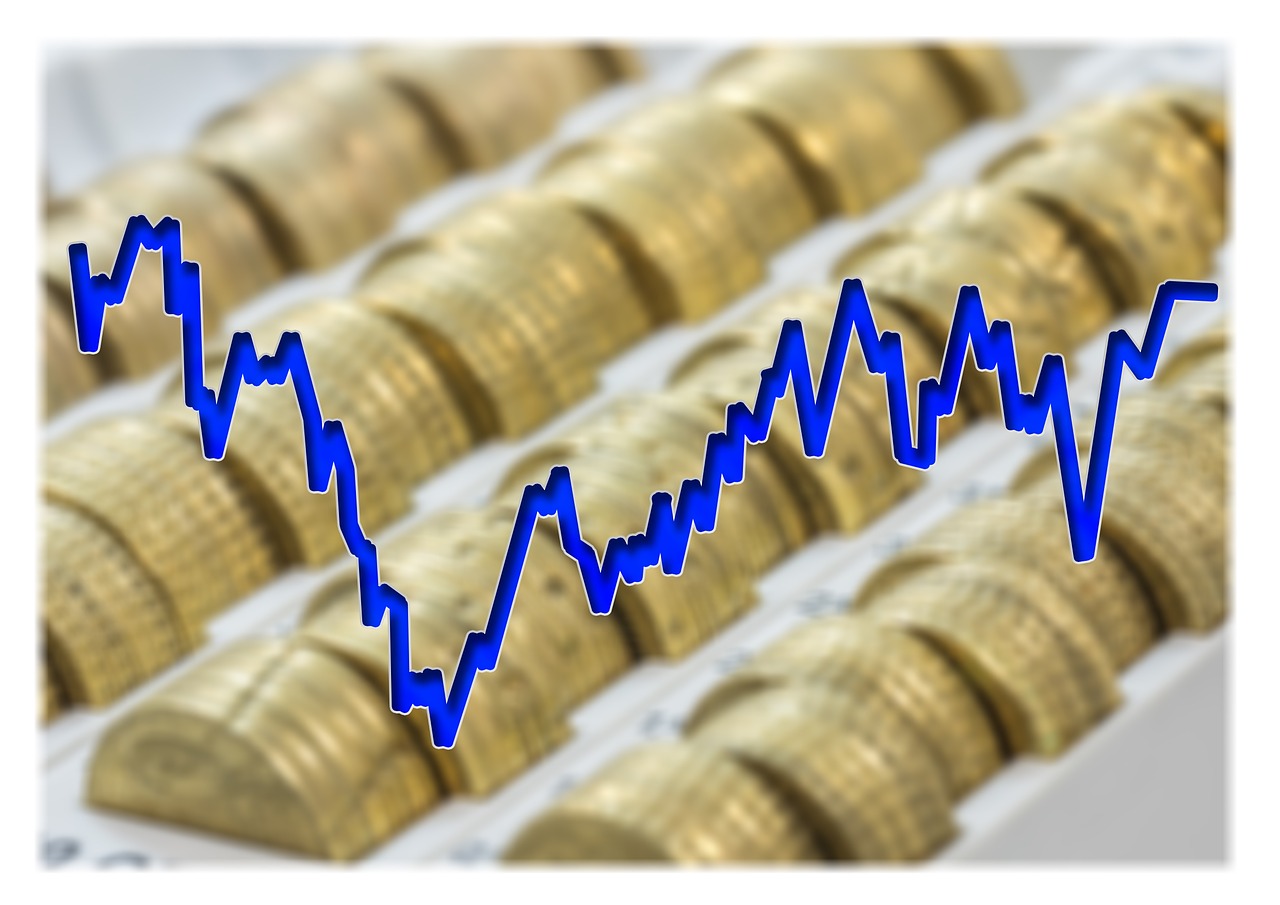AXA IM: Euro area inflation decelerated less than the market was expecting

On the usual year-on-year basis, Euro area inflation decelerated again in January for both the headline and underlying measures (2.8% and 3.3% respectively), but less so by one decimal than what the market was expecting, writes AXA IM Group Chief Economist and Head of Research Gilles Moëc.
European statisticians are having a hard time with consumer prices now, between a strong reallocation of spending across categories which is triggering a larger-than-usual annual recalculation of the index’ weights, and strong gyrations in prices at the beginning of the year during the pandemic.
As we write those lines the ECB still has not – and that is an unusually long lag – computed the seasonally-adjusted version of the CPI for January, except for the non-energy industrial goods and the food components. Consequently, we need to be even more prudent than usual in the assessment of the monthly print, but the developments in services could warrant attention.
In general, non-seasonally adjusted services prices tend to fall quite significantly on the month in January (by an average of 0.5%). This pattern was disturbed during the pandemic and the subsequent inflation surge. Given the recent disinflation trend, one could have hoped that in January 2024 some pattern normalization would reappear. This did not happen: services prices fell by 0.1% only, in line with the reading for January of last year. The impact of a VAT rate change in Germany explains some of this, but services were also resilient in other countries.
So far, the absence of resilience of services prices in the Euro area – in sharp contrast with the US situation – has been a key element in our general optimistic view on the continuation of disinflation on this side of the pond. It is too early to draw definitive conclusions from only one print, but January matters more than any other month. There is some very convincing research which suggests that 14.5% of all prices are revised in the first month of the year (against 8.5% per month on average). To some extent, January 'sets the tone' and this year the tone may not be the one that the ECB is hoping for.
Last month, the resilience in services prices coincided with a rebound into positive territory of industrial goods’ prices, when measured on a 3-month annualized basis. if in a non-seasonally adjusted terms the monthly change in services prices was the same as in January of last year, we may assume that it will not be too different in seasonally adjusted terms. We will need to re-do the calculation once with have the figures from the ECB, but with this assumption, services inflation would have re-accelerated on a 3-month annualised basis. Under the same assumption, total core inflation also rose again in January, hitting 1.9% from 1.2% in December.
Last week Gilles Moëc wrote that although Christine Lagarde had refused to push back explicitly on market pricing, an early rate cut – coming in April already – would require a 'perfect dataflow'. A firmer and broad-based further deceleration in consumer prices for January would have been part of such perfect narrative. This did not materialise. The market has responded by reducing the probability of a rate cut in April, pricing in 18 bps 'only' last Friday against 23 the day before. The June meeting continues to be our baseline for the first cut.










